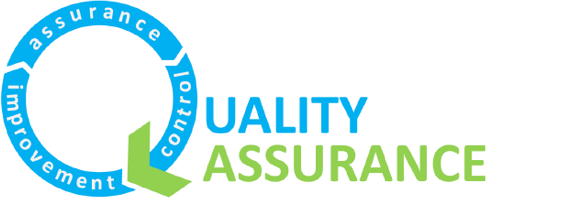The patient experience programme is the regular collection of information about service user’s experience at ELFT.
Why do we measure Patient Experience?
Feedback allows our services to improve on areas service users feel are important. Our process equally empowers patients to hold us to account by providing them with a platform to tell us about their experience and publicly sharing where we have taken action. The impact of this process can be measured in many ways – better patient outcomes, carers feeling listened to, staff having a better day at work, improvement efforts targeted in the right areas, and budgets spent where it matters most to patients. Sometimes the feedback will describe small-scale changes that can be actioned quickly and easily. Other times you might find that a more detailed and integrated response will be needed.
What is the Patient Experience survey?
Quality of care is our top priority at ELFT, so it’s vital that we understand the experience of people accessing our services. All our patients, users of services, their carers and loved ones should be given the opportunity to leave feedback on their care and treatment. Without that feedback service users are denied a voice and true involvement in their care, and services have an incomplete picture of the quality of the services we are providing.
Can everyone take part in the Patient Experience survey? How do we make it possible?
Everyone should have the opportunity to provide feedback on their experiences of using NHS funded healthcare and we want to make sure that the Patient Experience survey is as accessible as possible. With this in mind, resources to support people using the tool including children, people with Learning Disabilities, Dementia, people with a hearing impairment or visually impaired will be made available on the Trust website and intranet soon.
What happens to my feedback?
Our services regularly review patient experience feedback to celebrate what we’re doing well and uncover ways to improve. All feedback is anonymous and has no negative impact on the care you receive—our priority is making sure every voice helps shape better services for everyone.
What can I do to make sure as many people participate in the survey as possible?
There are some simple straightforward things we can all do – talk about the Patient Experience survey with service users and their families, let people know that this is important, that we value what they think about service delivery, and that their opinions are important. Options include:
- Text messaging – ask if your service as the text messaging function set up
- Sharing QR Code – Every team has their unique PREM QR code allocated to them which can be used in localised and customised communications such as letters, posters, leaflets, newsletters. This takes you straight to the survey for your service.
- Collect feedback verbally during patient meetings or 1:1 sessions
- Phone calls using Weblink to collect and enter responses – this can be done by your member of staff.
- Direct email to the service users with the Weblink to the survey.
- Use the Civica app installed on Trust iPads
What do our colleagues say about utilising feedback provided?
Martin Orr, Deputy Team Manager for the Older Peoples’ CMHT in Mid Bedfordshire, describes how feedback was used to make informed changes to the service:
“By making sure we pay careful attention to feedback we improve the quality of life of our service users.
“We gathered a lot of feedback as part of our QI project and so we focused our change ideas on that.
“Lack of space in the waiting area was an issue.
“In response, we created additional seating areas and provided more space for wheelchair users and additional legroom.
“Service users also flagged up that the waiting area was too hot. Upon investigation, we discovered that there was underfloor heating so we got an engineer to disconnect it and provided fans for the room in the summer.
The survey did bring out a range of positive views – people shared their recovery experiences which can be inspiration for others to learn about.
“The feedback meant we paid close attention to how our public spaces and waiting areas are used and presented. Further, we provide information about local groups and activities as well as self-help information.”
